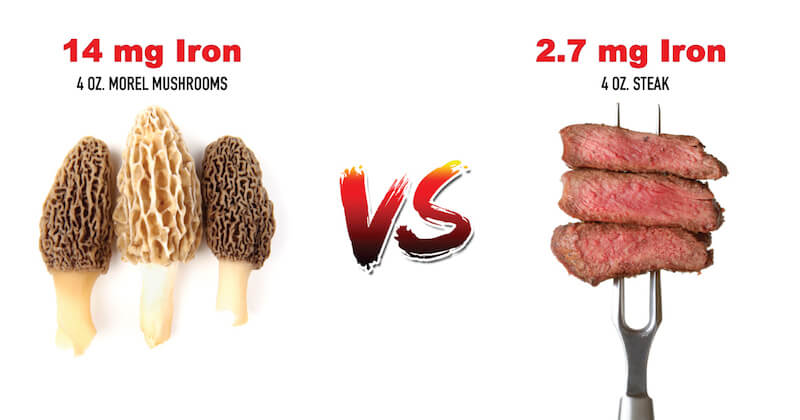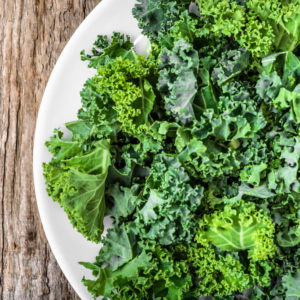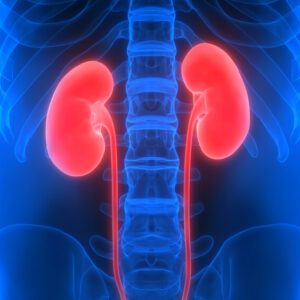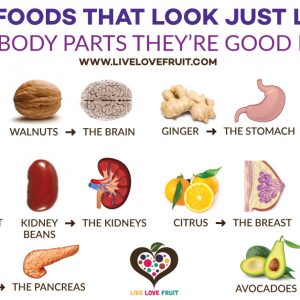Iron is an essential mineral that is critical for many biological functions in the body. It is needed for a number of complex processes like making the proteins hemoglobin and myoglobin. Hemoglobin is present in red blood cells, and carries oxygen from our lungs to our tissues, and myoglobin helps supply oxygen to our muscles.
Iron is also needed for proper immune function, and plays a role in activating enzymatic reactions needed for collagen synthesis and production of some neurotransmitters. It is also necessary for respiration and energy metabolism.
How Much Iron Do We Need?
According to the National Institute of Health (NIH), men over the age of 19 have a recommended daily allowance (RDA) of 8 mg of iron, whereas pre-menopausal women require over 18 mg of iron each day. After the age of 50, women have the same 8 mg requirement as men. Requirements are different for children under 18, as well as for pregnant or lactating women (1).
Iron Absorption
While plant-based (vegan) sources of iron aren’t as easily absorbed as in diets that include meat, that doesn’t mean that vegans can’t get enough iron in their day-to-day eating habits.
Heme iron (iron attached to heme proteins) comes from animal products, and non-heme iron (iron not attached to heme proteins) comes from plant foods. While heme iron is more readily absorbed by the body (7-35%) than non-heme iron (2-20%), there are many different facts that affect the absorbability rate (2).
For example, pairing iron-rich foods with foods that contain plenty of vitamin C and A will help improve the absorption of iron in the body. So combining spinach, tomatoes, lemon, oranges or strawberries (sounds like a delicious salad combination to me!) would be a great choice for optimal iron absorption. Foods that are high in vitamin A include things like sweet potatoes, mangoes, carrots, broccoli, peas, beets, peaches and lemons. Vitamin C is present in almost all citrus fruit, tomatoes, kale, red pepper, cauliflower, brussels sprouts, papaya and strawberries.
Try to avoid foods like red wine, black tea, coffee, and isolated soy products, as these food items decrease the ability of iron to absorb in the body.
Check out my smoothie recipes that help boost iron levels in the body!
Too Much Iron?
Is the average person consuming a Standard American Diet (SAD) getting too much iron? Since the body has no mechanism to rid itself of excess iron, it has evolved tightly to regulate its absorption (3). So, for example, when iron stores are low, iron absorption is boosted in the intestines, but when it is high, iron absorption is blocked. This mechanism only works for non-heme iron! Chronic consumption of iron-heavy heme foods like meat, eggs, and dairy, inundates the body with a surplus of heme iron, preventing the body from regulating its intake.
Consuming too much heme-iron (as most people consuming a SAD do), creates an environment where the intestines can no longer regulate iron influx, and the body becomes “iron toxic.” This can lead to scenarios like diabetes, gut disturbances, hair loss, reduced absorption of vitamin E, increased free radical production, liver disease and heart disease (4).
15 Plant-Based Foods Rich in Non-Heme Iron
Here are 15 vegetables that are actually higher in iron than meat. For the purposes of this article, I’ll compare these foods to a 4-ounce serving of steak, which contains about 2.7 milligrams of iron. To put that into perspective, a 4-ounce serving is about half a cup.
Remember, non-heme iron can be regulated by the body, whereas heme iron can’t. If you’re vegan, try to aim for almost double your non-heme iron intake to ensure you’re getting enough. Don’t worry – it’s very easy to reach your daily limits with plant-based foods!
1. Sesame Seeds: A 4-ounce serving of sesame seeds contains 16.8mg of iron.
2. Morel Mushrooms: A 4-ounce serving of morel mushrooms contains 14mg of iron.
3. Kidney Beans: A 4-ounce serving of kidney beans contains around 9.4mg of iron.
4. Hemp Seeds: A 4-ounce serving of hemp seeds contains 9.14mg of iron.
5. Chia Seeds: A 4-ounce serving of chia seeds contains 8.8mg of iron.
6. Cashews: A 4-ounce serving of cashews contains around 7.6mg of iron.
7. Dill: A 4-ounce serving of fresh dill contains about 7.2mg of iron.
8. Parsley: A 4-ounce serving of parsley contains 7.13mg of iron.
9. Oats: A 4-ounce serving of oats contains 7mg of iron.
10. Spinach: A 4-ounce serving of cooked spinach contains around 4mg of iron.
11. Pumpkin Seeds: A 4-ounce serving of pumpkin seeds contains about 3.8mg of iron.
12. Lentils: A 4-ounce serving of lentils contains around 3.2mg of iron.
13. Dried Apricots: A 4-ounce serving of dried apricots contains 3.1mg of iron.
14. Sunflower Sprouts: A 4-ounce serving of sunflower sprouts contains 3mg of iron.
15. Persimmons: A 4-ounce serving of persimmons contains about 2.9mg of iron.









Very informative did not know this thanks. Would like to learn more